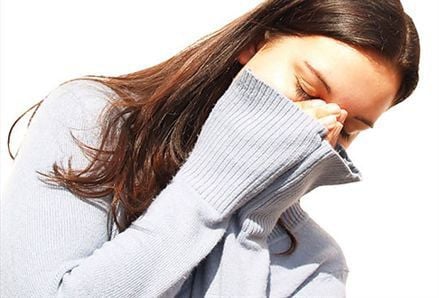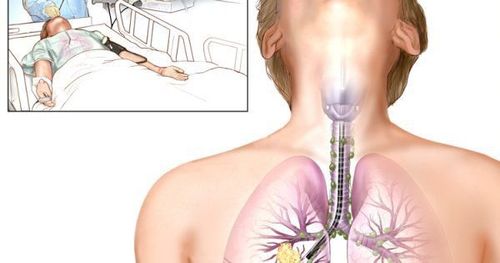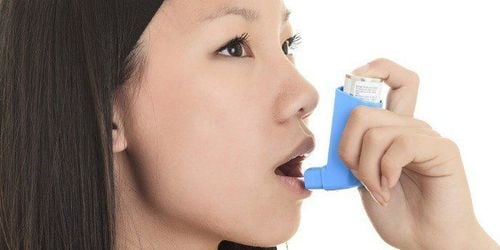This is an automatically translated article.
The article was professionally consulted with Doctor CKII Nguyen Van Thai - Department of Medical Examination & Internal Medicine - Vinmec International General Hospital Da Nang.Bronchoscopy is often ordered by a doctor to determine the cause of a problem related to a respiratory disease. This technique can help detect tumors, signs of infection, bleeding, mucus in the airways or blockages in the lungs.
1. What is bronchoscopy?
Bronchoscopy helps doctors see the structures inside the airways because this technique uses a small tube, with a camera and light on one end, inserted into the patient's airway. This technique is often performed to view structures such as the pharynx, vocal cords, larynx, trachea, and bronchi.2. Bronchoscopy for what?
Bronchoscopy is a modern diagnostic-interventional tool, widely indicated in many groups of diseases in the respiratory organs, including:Infections: Bronchoscopy is performed to take samples from patients. In the affected area of the lung, these samples are examined in a laboratory to find out the exact cause of the infection in cases where a serious infection is suspected. The clouds in the lungs can be caused by infection, cancer... as seen on X-ray or CT scanner: The doctor will observe the tumor image directly (if the tumor is in the lung area). central bronchus) and sample from this area by bronchoscopy. To find the obvious cause of the opacities in the lungs, these samples will be analyzed in a laboratory. Progressive atelectasis: Foreign bodies, tumors, or thick mucus blocking the airways are the main causes of collapse of a lung or part of a lung. Bronchoscopy helps detect obstruction. Mucus and foreign bodies, if present, can be removed by performing an endoscopy, which opens the airways. Hemoptysis: the cause of hemoptysis can be detected by performing a bronchoscopy, which injects medication to help stop the bleeding. If a tumor is the cause of the bleeding, bronchoscopy helps the doctor locate the tumor and take tissue samples (biopsy) through the endoscope to identify the type of tumor. Wheezing and narrowing of the airways: The throat or airways of the lungs can be the main cause of a person's shortness of breath, wheezing, difficulty breathing during sleep, or abnormal airway sounds. To determine if the vocal cords are weak or paralyzed, laryngeal disease or bronchiectasis, or because an external blood vessel is pressing on the airway, the doctor will perform a bronchoscopy to look directly at the neck. pharynx, vocal cord region, and large airways.
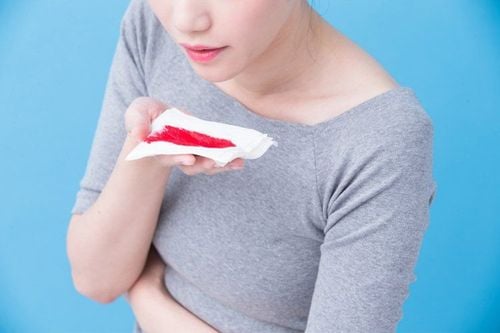
3. Basic bronchoscopy techniques
3.1. Bronchoalveolar aspiration or bronchoalveolar lavage If bronchial hypersecretion occurs, the secretions are aspirated through the bronchoscope into a sterile vial for diagnostic testing. Inject 10-20ml of distilled water into the bronchial branch corresponding to the injury site and then aspirate if the bronchi do not increase secretion.3.2. Bronchoscopy Only perform bronchoscopy when the following factors are present:
The location of the lesion is far beyond the scope of view of the bronchoscope. The location of the lesion parallel to the axis of the bronchoscope makes biopsy difficult or when biopsy forceps cannot be inserted into the desired bronchial branch. Contraindications: Patients with coagulopathy. Procedure: In order to clearly reveal the lesion, it is necessary to bring the bronchoscope close to the lesion, to remove the surrounding viscous sputum. Then, once the lesion has been localized (via straight and lateral X-rays or CT-Scanner), insert the bronchoscope through the bronchoscope's procedural channel close to the lesion or into the lumen of the bronchial branch. Administer and rub the brush several times on the mucosal surface, then withdraw, read the cytology by smearing the specimen on the slide. 3.3. Biopsy of gas-bronchial mucosal lesions Perform biopsies of gas-bronchial mucosal lesions in order to obtain specimens on the tracheobronchial mucosa during endoscopy to make pathological diagnosis.
Indications :
Bronchoscopy helps to see lesions. For mediastinal lymphadenopathy or to evaluate the spread of bronchopulmonary cancer, a bronchial spur biopsy is performed. Contraindications:
Patients with blood clotting disorders. Narrowing of the tracheal availability due to the risk of bleeding causing airway obstruction in a single lesion. Procedure: To reveal the lesion clearly, bring the bronchoscope close to the lesion, aspirate viscous sputum or surrounding blood if any. Lesions are at least 2 cm from the tip of the bronchoscope. Through the surgical channel of the bronchoscope, proceed to insert the biopsy pliers until the tip of the pliers is exposed 1cm from the tip of the bronchoscope. Open the pliers, bring the pliers close to the lesion, then close the pliers and withdraw from the scope after clearly seeing the open pliers. The biopsy tissue sample was obtained by opening the pliers, and then placing it in a vial containing 10% Formol. May not provide a specific diagnosis, so necrotic tissue should be avoided during biopsy because it may not provide a specific diagnosis. On the same lesion or at different lesion sites, the biopsy can be repeated many times (3-4 times) to improve diagnostic efficiency.
Monitoring and dealing with complications:
If the patient has little bleeding: no need to handle If the patient bleeds a lot: Adrenalin 1/10,000 2ml injected into the lesion.
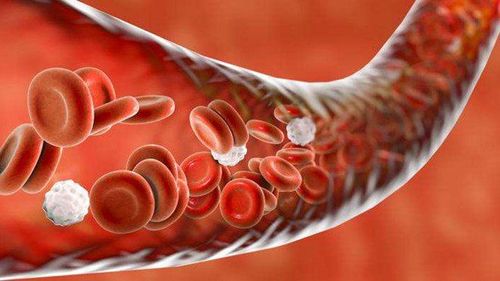
Indications:
Diffuse interstitial lung disease. Occupational lung disease. Immune defects that cause lung disease: cystic fibrosis, alpha 1 antitrypsin deficiency, AIDS. Environmental pollution causes asthma, chronic bronchitis, lung disease People with weakened immune systems have lung infections Suspected lung cancer. Contraindications:
SpO2 < 90% with oxygen. Patient has chronic heart failure. The patient had a recent myocardial infarction, unstable angina, heart failure. Procedure:
Bronchoalveolar lavage must be performed first if multiple techniques are planned on the same bronchial branch. The bronchial branch of choice will be the middle lobe or the lingual lobe or the lower lobe if the lung injury is diffuse. Perform thorough anesthesia of the selected bronchial branch, insert the tip of the bronchoscope into this bronchial branch. Inject into the bronchus 20-60ml NaCl 0.9% and then suck it out gently inject into the test tube. The operation is repeated 3 - 5 times. Thus, there will be 3-5 test tubes containing samples with the total amount of NaCl injected from 100ml to 300ml. The bronchoalveolar lavage sample is placed in the first tube and kept separately. The following tubes are all considered alveolar lavage samples and can be pooled. Management of complications:
About 20% of cases have fever after bronchoalveolar lavage and resolve spontaneously without any treatment. Hypoxemia: oxygen therapy. Prophylaxis or termination of bronchospasm with beta 2 agonists in sites of increased bronchial reactivity. At Vinmec International General Hospital, flexible bronchoscopy technique is performed on modern machinery and equipment, this technique does not make patients uncomfortable during endoscopy: Choking, feeling of asphyxia ... Before the procedure, the patient will be anesthetized and carefully controlled the airway to ensure safety and minimize irritation or discomfort for the patient, then the doctor will perform endoscopic techniques, remove foreign bodies and then check and control to make sure there are no complications for the patient.
For consultation and registration for bronchoscopy with anesthesia at Vinmec International Hospital, please book an appointment on the website for service.
Please dial HOTLINE for more information or register for an appointment HERE. Download MyVinmec app to make appointments faster and to manage your bookings easily.





